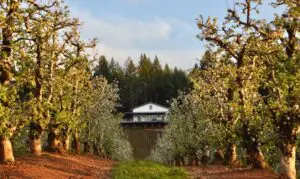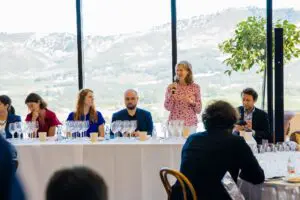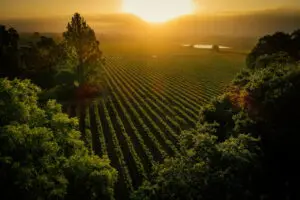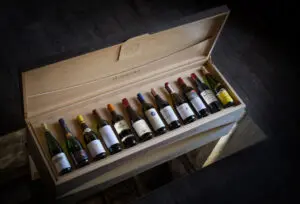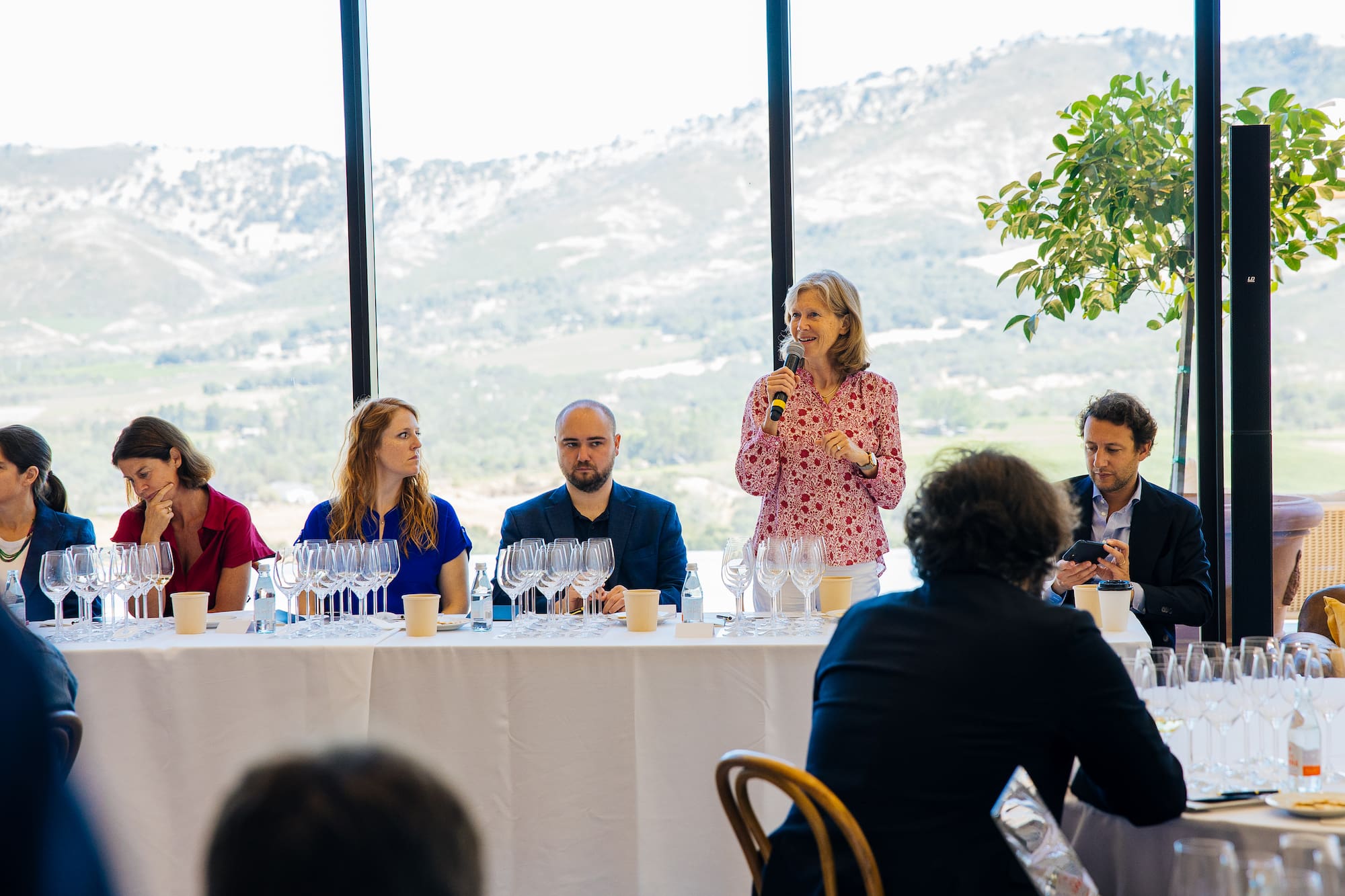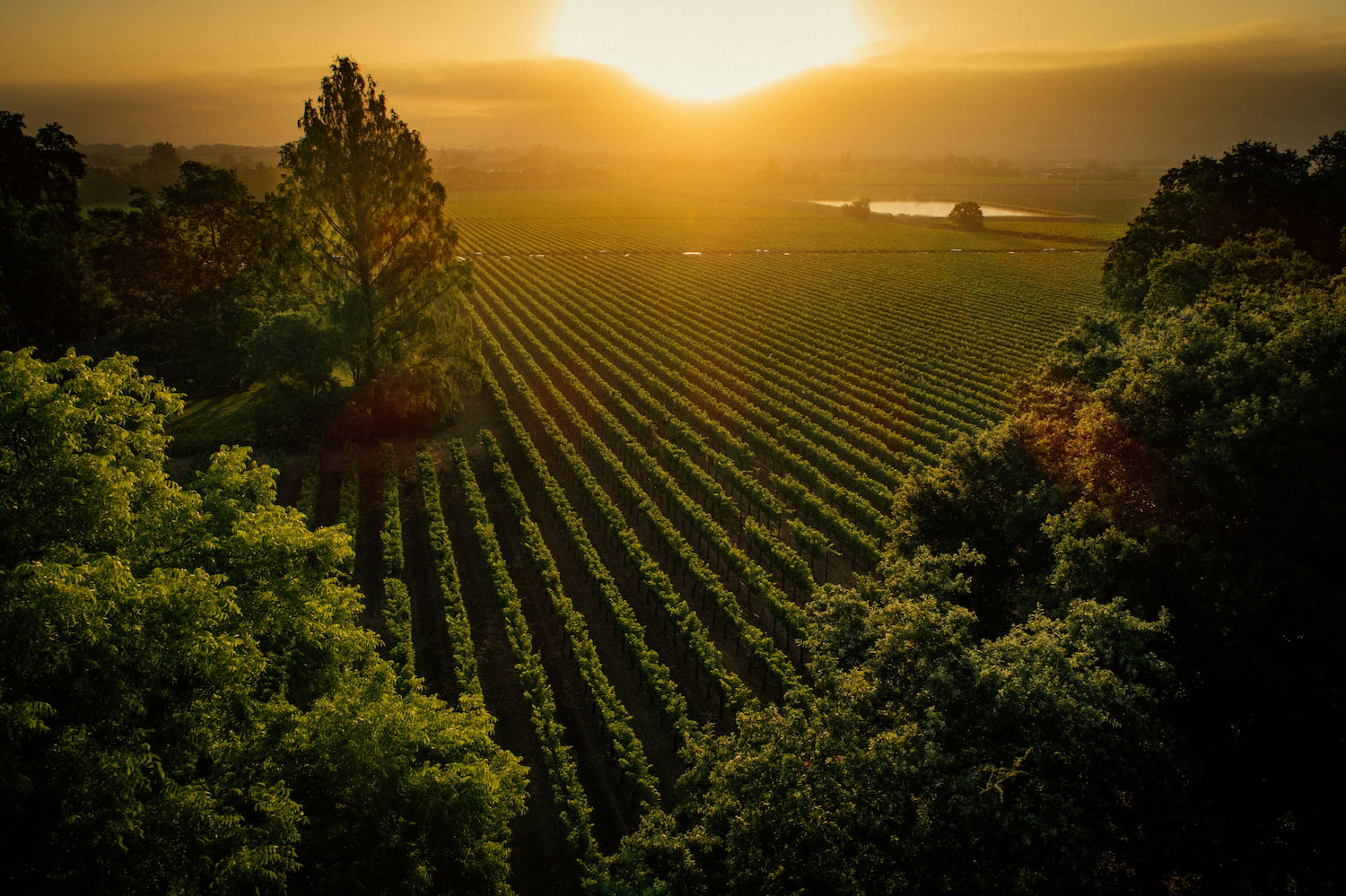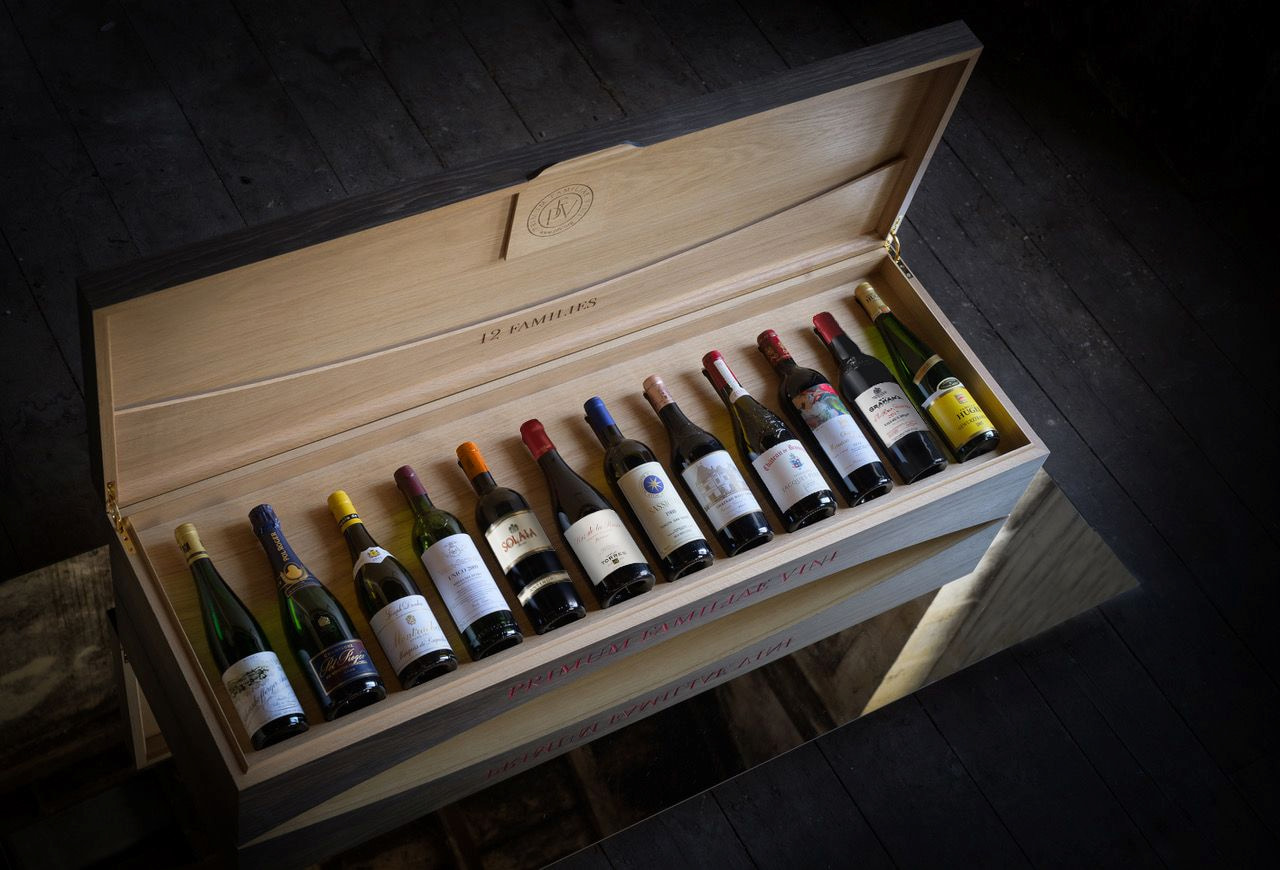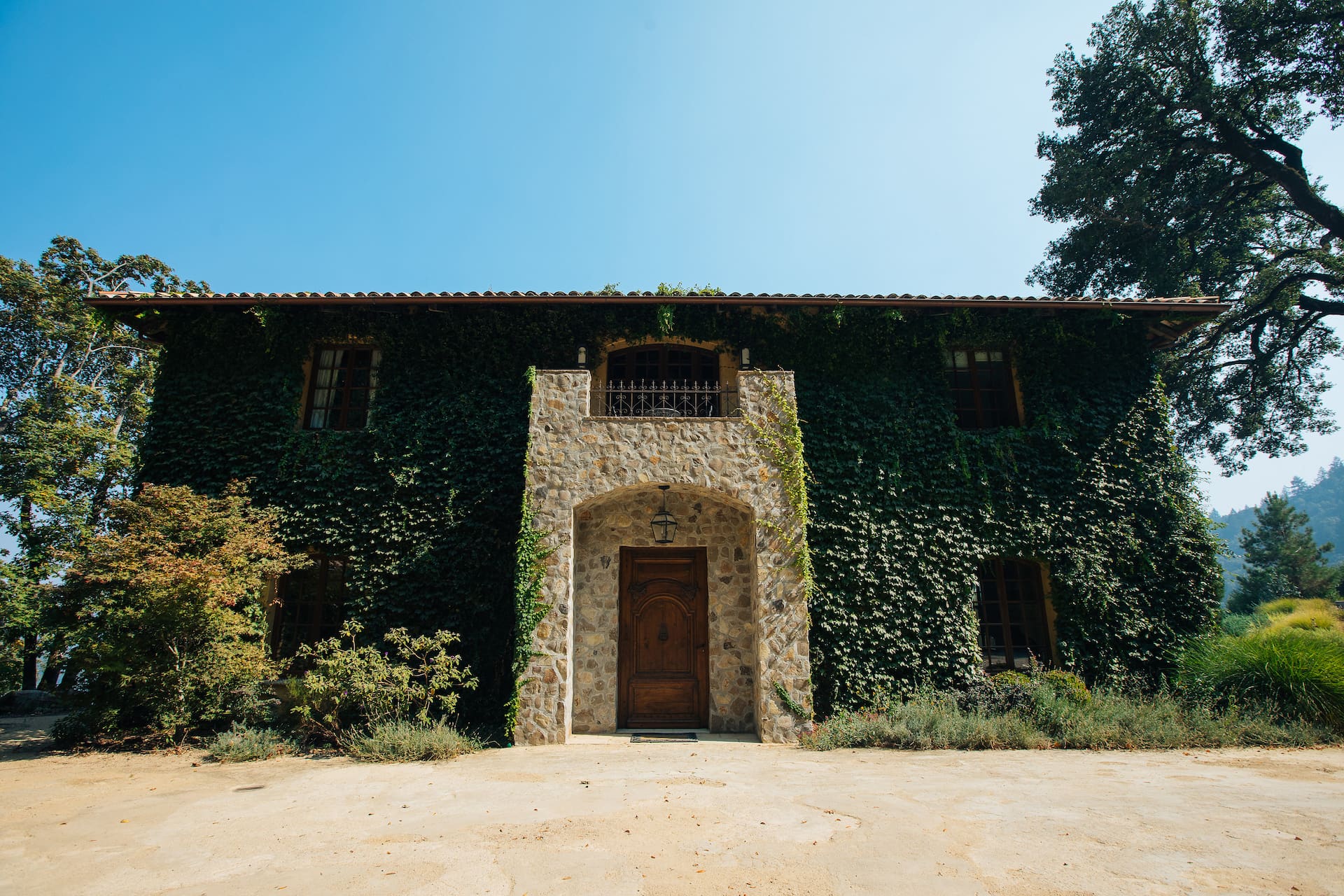Heralded as one of the world’s most important viticultural areas, Bordeaux has become a go-to region for collectors, novices, and industry folk alike. Situated in southwest France, this prestigious winemaking region is most commonly broken down into two sub-areas: Left Bank and Right Bank. While both are important in their own right, understanding the unique nuances that characterize each of these regions is key. We’re breaking down everything you need to know about the Left Bank and Right Bank of Bordeaux here.
But first, a bit about the region in general: Bordeaux is located on the western coast of France and is divided by the Gironde Estuary, which further separates into the Dordogne and Garonne rivers. The viticultural areas separated by the Gironde are referred to as the Left and Right Banks. The more southerly area between these two regions is known as Entre-Deux-Mers, which translates to Between Two Seas.
Grape Varieties & Soil Types

The most defining difference between Left Bank and Right Banks wines is their assemblage. While Left Bank wines are generally Cabernet Sauvignon dominant, Right Bank wines are dominated by Merlot. Cabernet Franc, Petit Verdot, and Malbec tend to round out blends from both Banks. (Note: As with any wine-producing region, there are always exceptions to be found, but this is by and far the majority.)
The reason for the dominant grape varieties being different on both Banks is soil type. While the Left Bank is characterized by gravelly soils, the Right Bank is home to more clay-heavy soils. The former creates a solid home for Cabernet Sauvignon, whereas the latter is an optimal environment in which Merlot thrives.
Wine Styles
Due to the difference in dominant grape varieties, wine styles greatly differ from the Left Bank and Right Bank. The Cabernet Sauvignon-based blends from the Left Bank tend to be more structured, powerful, and have a higher presence of tannins, whereas Merlot-dominant blends of the Right Bank tend to be more soft, silky, and approachable in their youth. Fun fact: Left Bank properties also tend to be larger in size than Right Bank estates.
Appellations / Sub-Areas
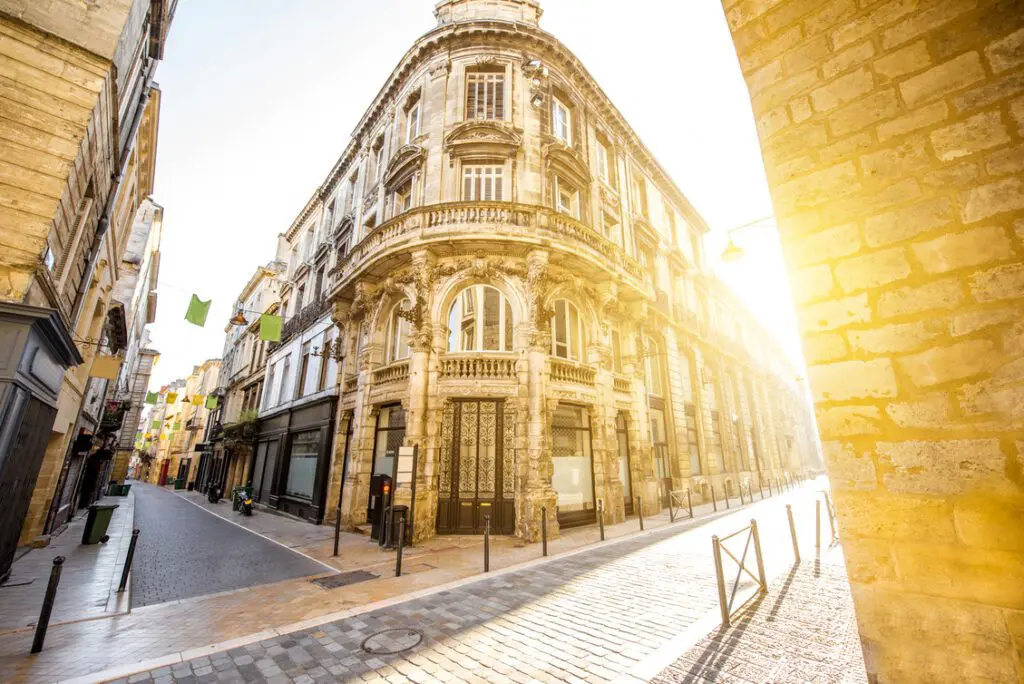
Most famously, the Left Bank of Bordeaux is home to the Médoc area, which encompasses four of the region’s most prestigious appellations: Saint-Estèphe, Pauillac, Saint-Julien, and Margaux. The Left Bank is also home to the Haut-Médoc, Listrac-Médoc, and Moulis-en-Médoc, as well as the areas of Pessac-Léognan, Graves, Sauternes, and Barsac.
The Right Bank’s most famous appellations are Saint-Emilion and Pomerol, though its sub-regions span far beyond these two gems. The Right Bank also encompasses Canson-Fronsac, Côtes de Blaye, Côtes de Bourg, Côtes de Bordeaux, Castillon Côtes de Bordeaux, and Fronsac.
Classification Systems
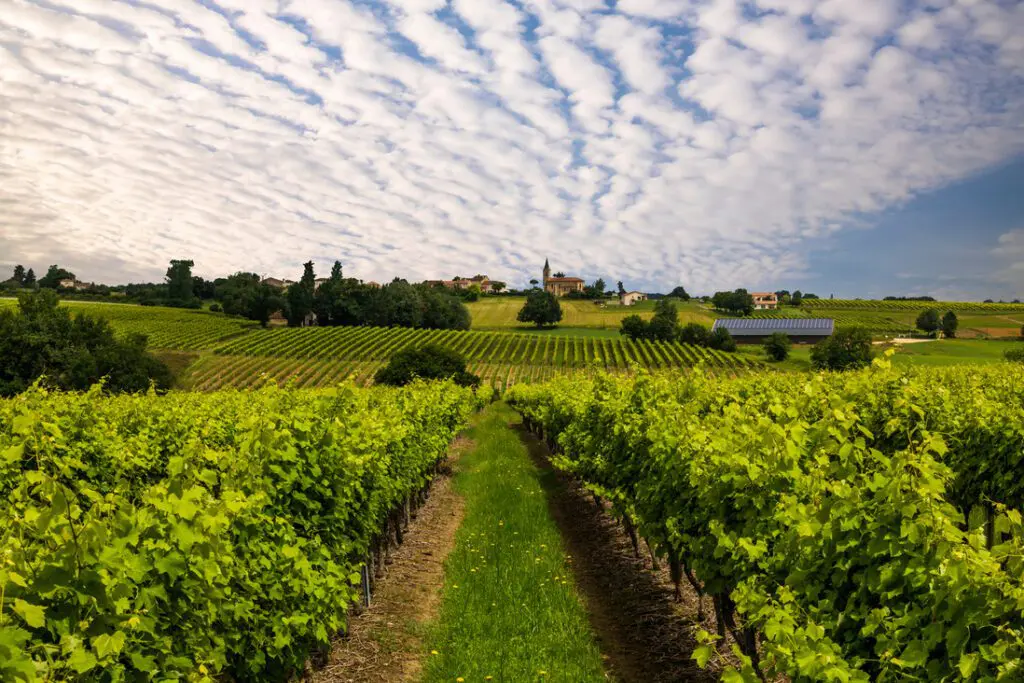
Perhaps the most complicated difference between the Left and Right Banks is their classification systems. The region’s most famous classification is the 1855 Classification, which was created by Napoleon III and determined the five First Growth estates of Bordeaux (all of which are found on the Left Bank). Second, Third, Fourth, and Fifth growth estates followed. Sauternes also received a classification system the same year. The Left Bank also uses the Cru Bourgeois system, which is exclusively used in the Médoc. Over on the Right Bank, Saint-Emilion began using an eponymous classification system back in 1955.
Claims to Fame
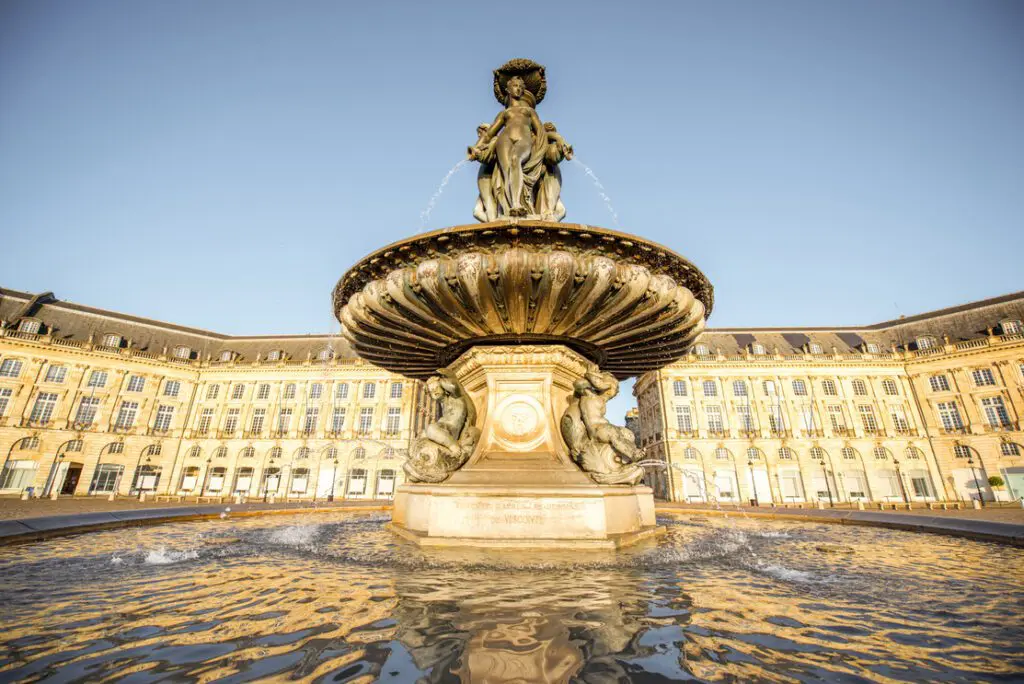
The Left Bank’s biggest claims to fame are undeniably its prestigious five First Growths, which include Château Latour, Château Margaux, Château Haut-Brion, Château Lafite, and Château Mouton Rothschild. The Right Bank’s biggest names, which are classified as Premier Grand Cru Classé A estates are Château Cheval Blanc, Château Angélus, and Château Pavie. Pétrus is also a big-hitting Right Bank name, located in the appellation of Pomerol.
Vicki completed her Bachelor’s degree at CUNY Hunter College with a double major in French Language and Italian Language, along with a minor in English and additional studies in Spanish and Polish. Her wine industry career began at Sud de France Développement in Manhattan, followed by a Wine Consultant/Buyer position at Quality House Wines. She went on to work full-time as a staff writer for VinePair.com from September 2016 – July 2017. She now freelances full-time; her work regularly appears in Food & Wine, Wine-Searcher, Beverage Media, Matador Network, Wine Enthusiast, and more.



